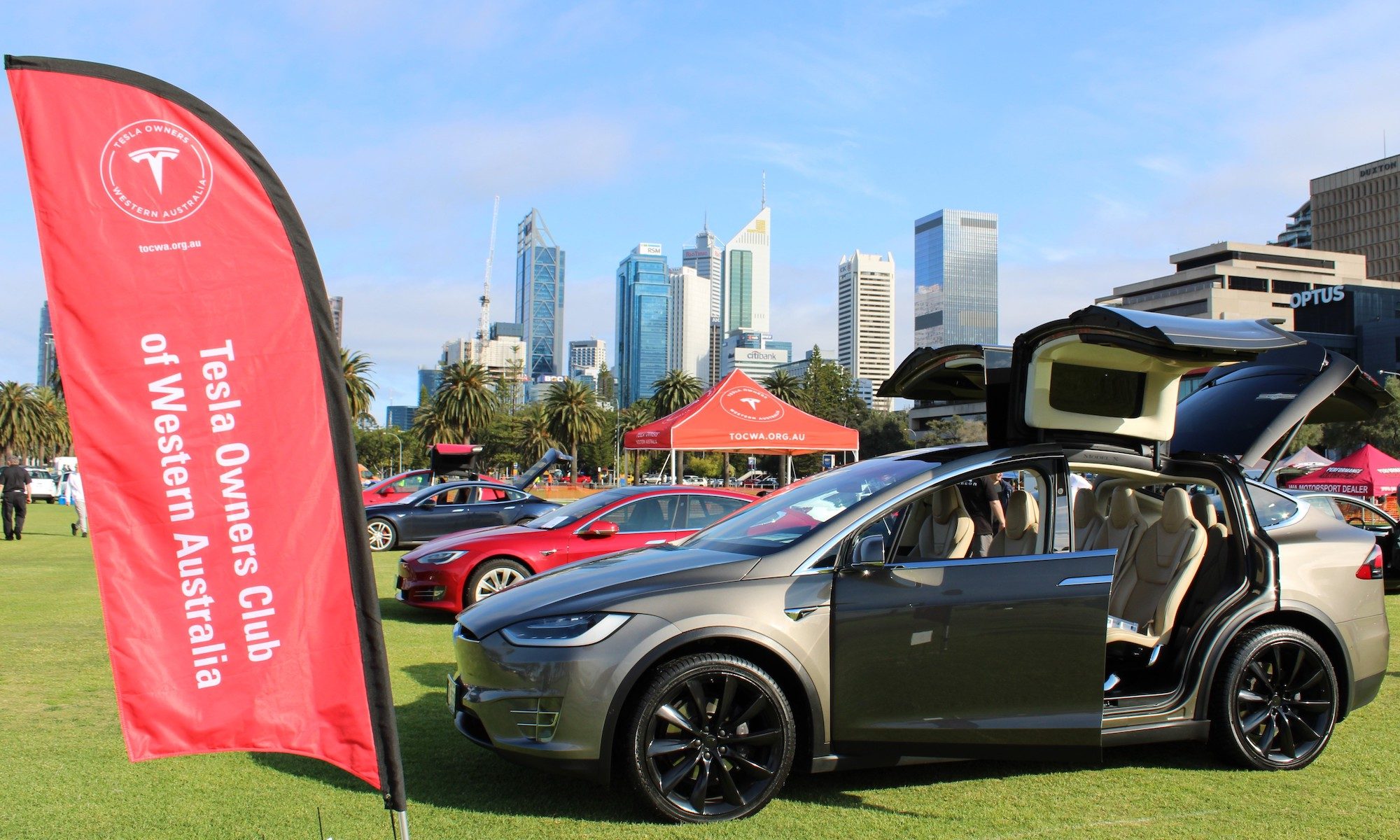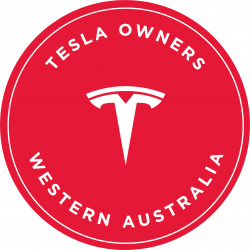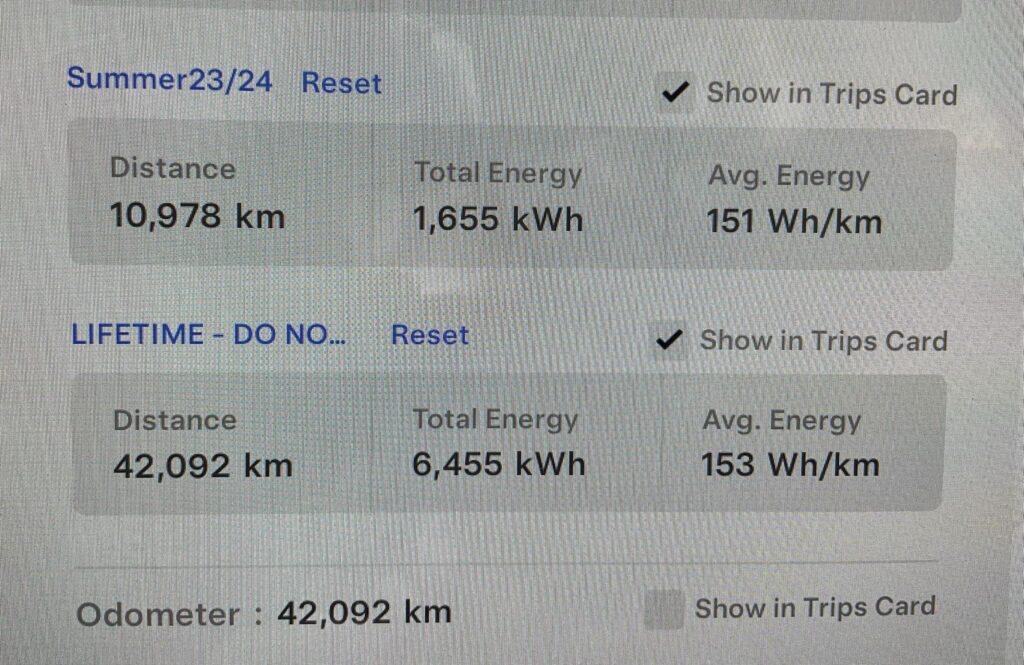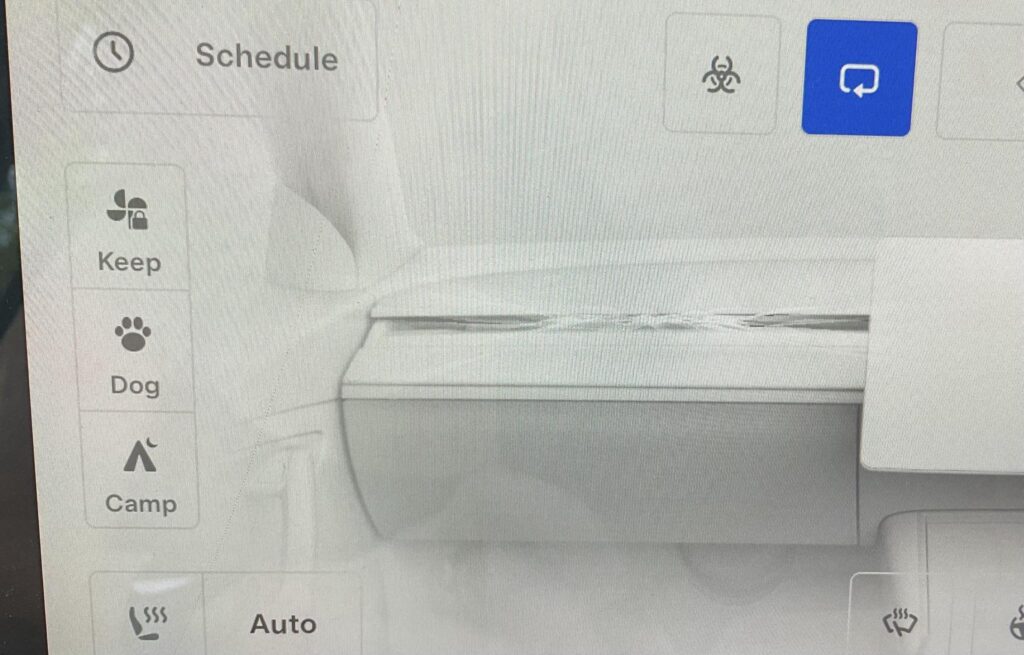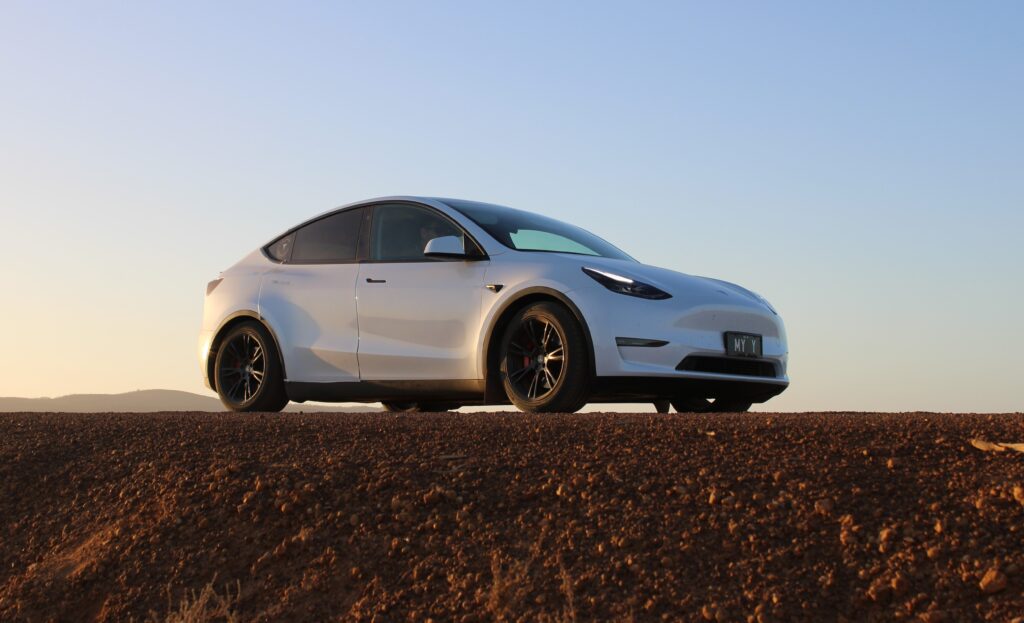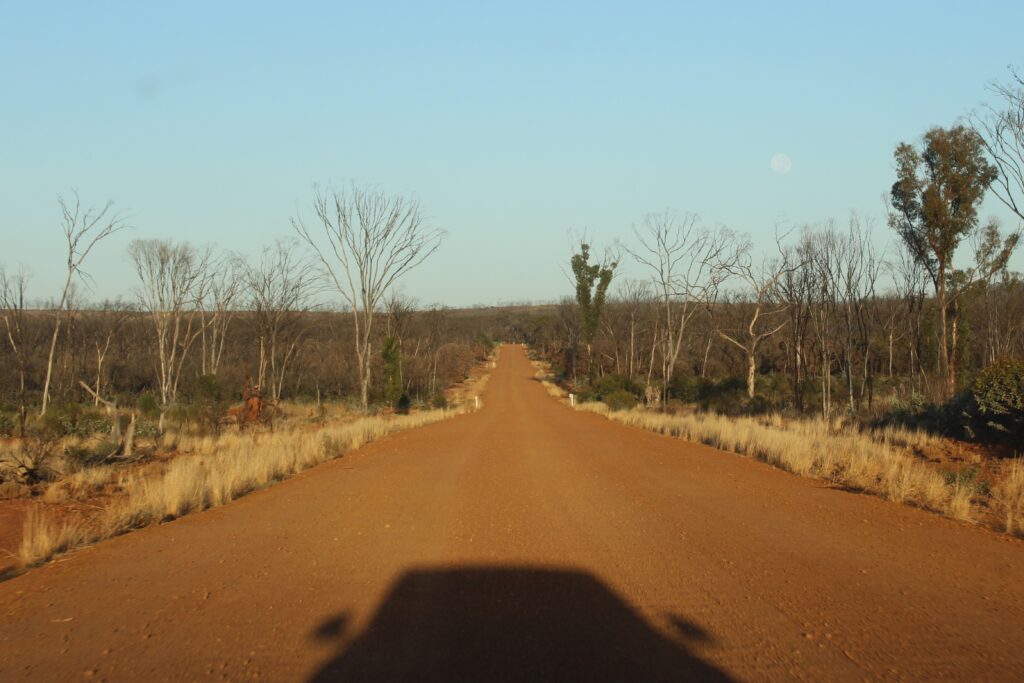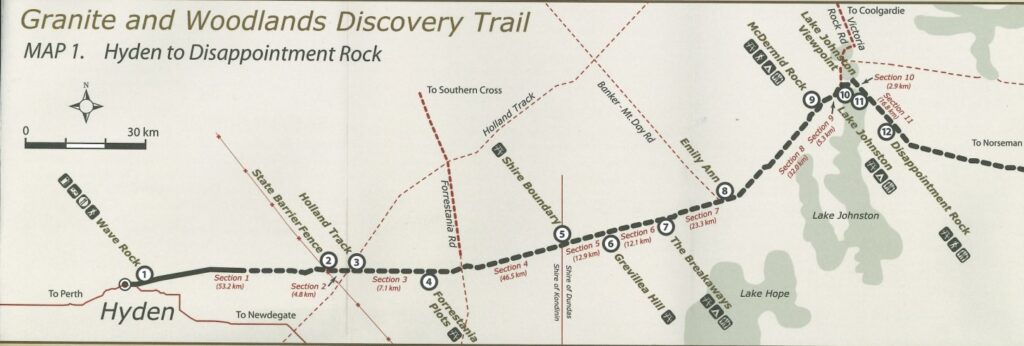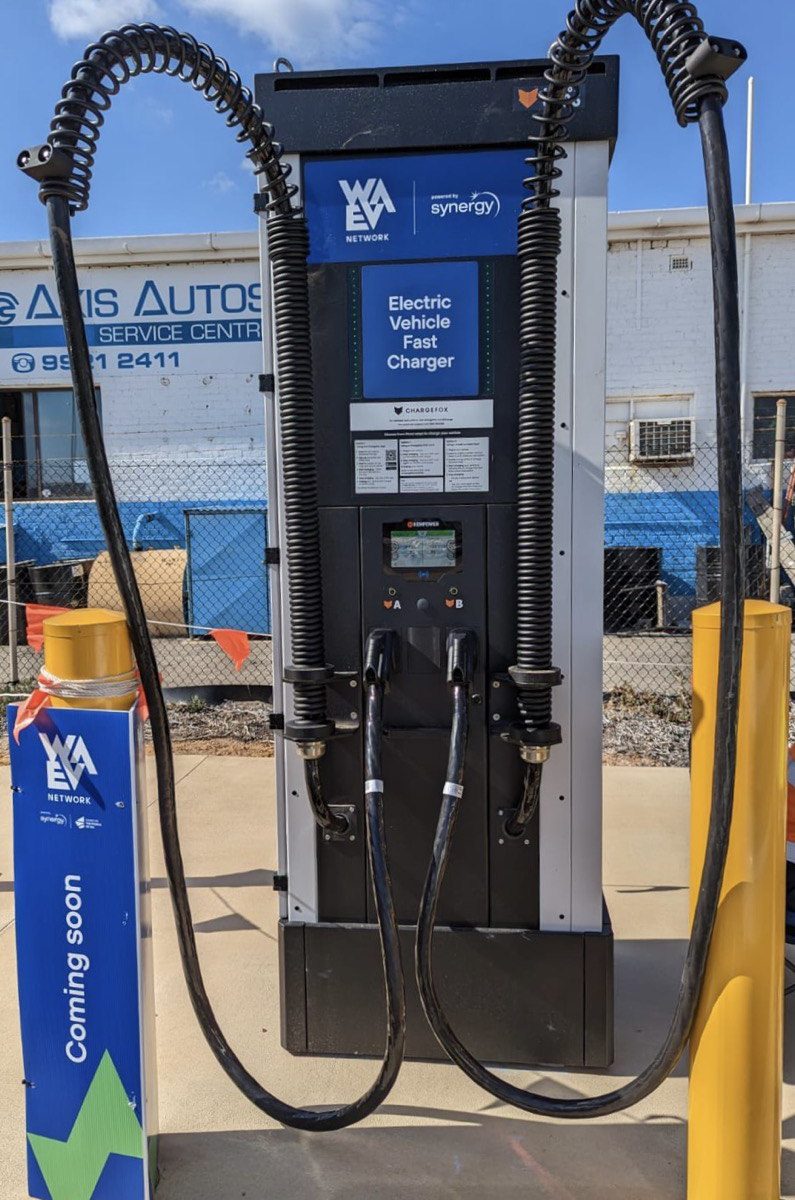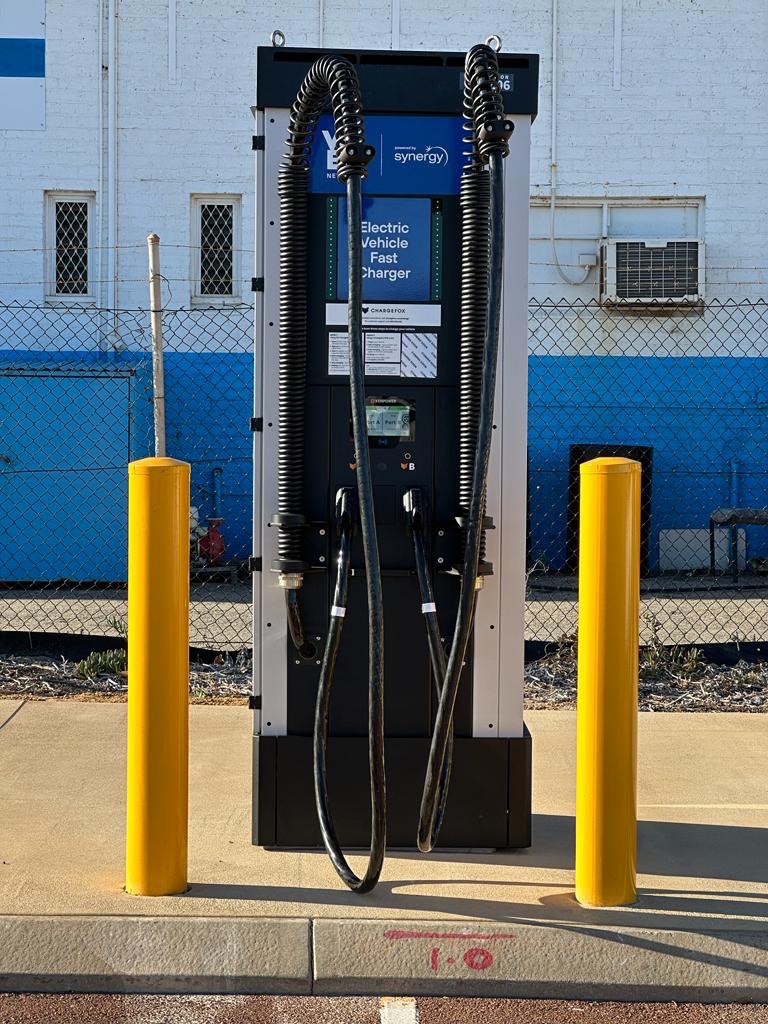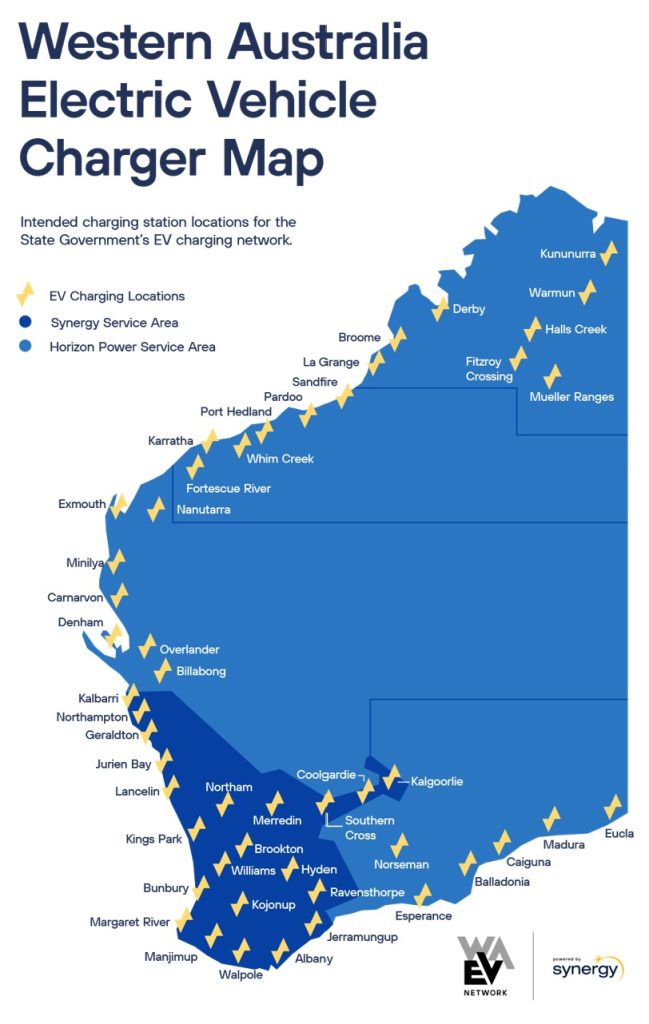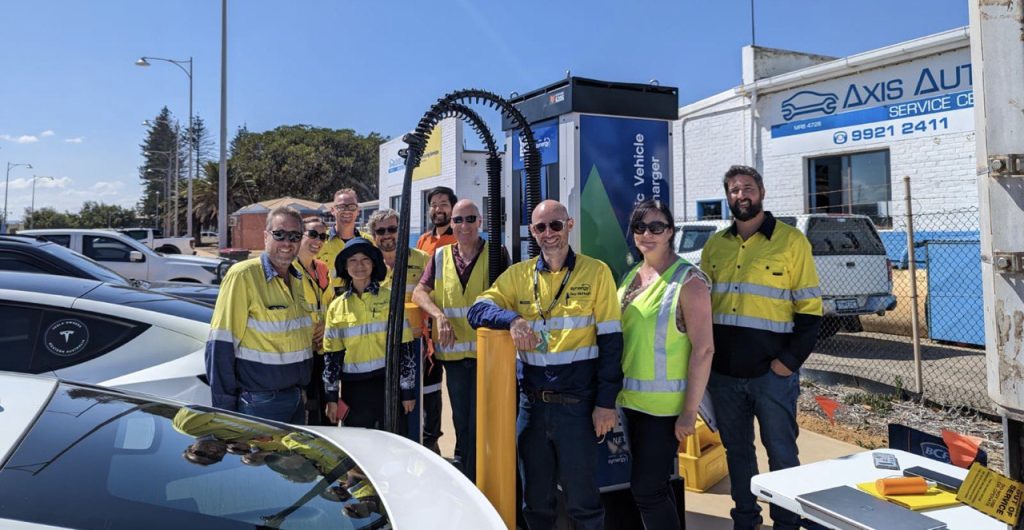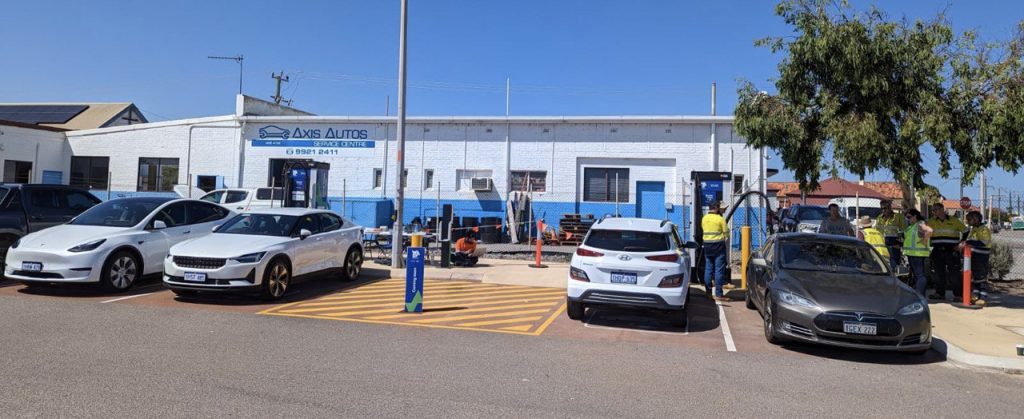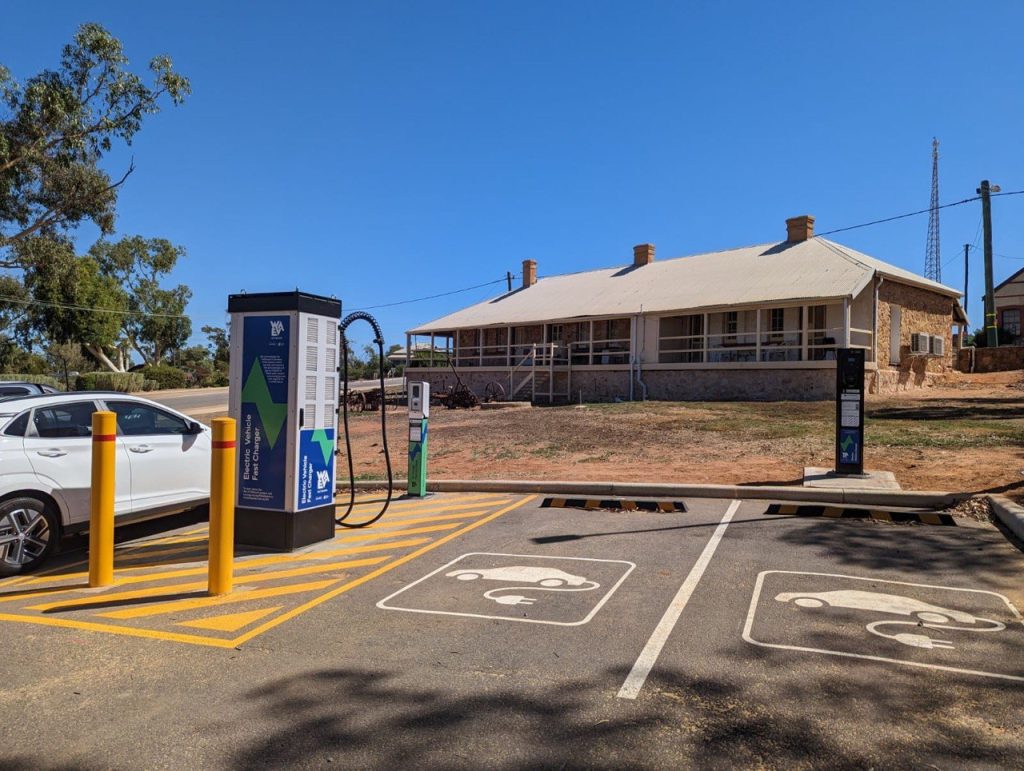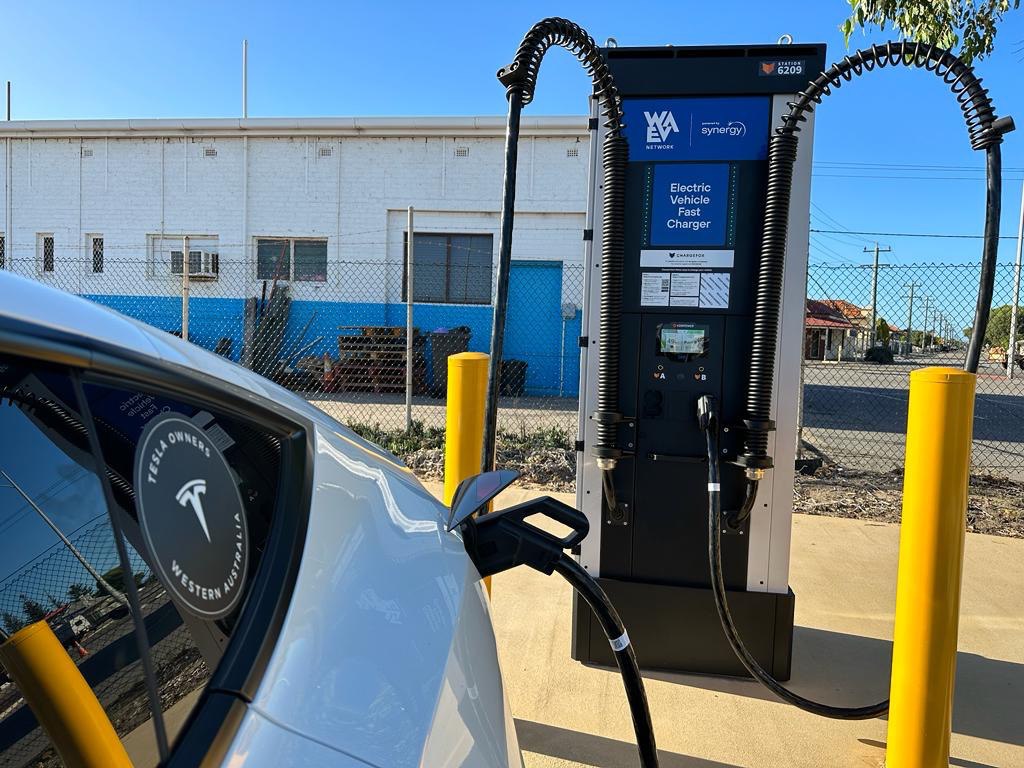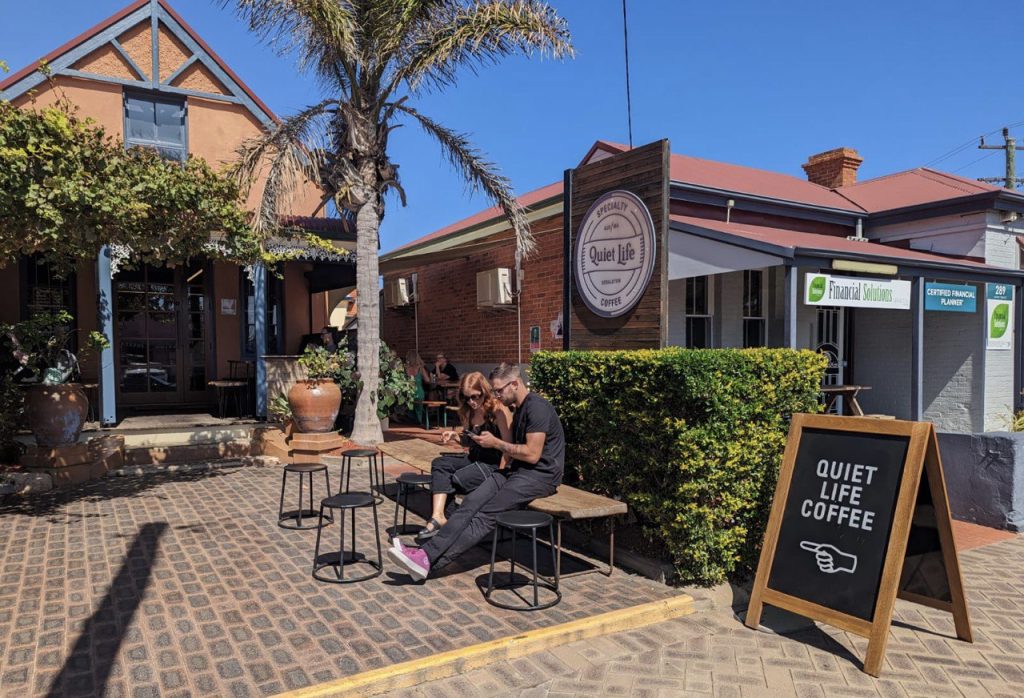Testing commenced 17th January 2025.
When providing updated charge station data please advise of the date tested and any other information such as: Display and/or PayWave working; if AC was used and working; DC working as expected; or any other tips that may be useful.
Thank you for your help in keeping this chart up to date.
| Location | DC Working | DC | AC | Display | Pay Wave | Phone reception | Notes | Date Tested |
| Kununurra | 🟩 | ✔︎ | ✔︎ | ✔︎ | X | ✔︎ | 19/01/2025 | |
| Warmun | 🟩 | ✔︎ | ✔︎ | ✔︎ | X | ✔︎ | 19/01/2025 | |
| Halls Creek | 🟥 | X | ✔︎ | X | X | ✔︎ | Still broken after 25 weeks | 19/01/2025 |
| Mueller Ranges | 🟩 | ✔︎ | X | Charging interrupted at 80% | 19/01/2025 | |||
| Fitzroy Crossing | 🟥 | ✔︎ | X | X | X | ✔︎ | Took multiple attempts to get DC charging to work correctly | 19/01/2025 |
| Derby | 🟩 | ✔︎ | ✔︎ | X | X | ✔︎ | Charger damaged but works, RFID reader works | 19/01/2025 |
| Broome | 🟩 | ✔︎ | ✔︎ | ✔︎ | ✔︎ | ✔︎ | 18/01/2025 | |
| LaGrange | 🟩 | ✔︎ | ✔︎ | ✔︎ | ✔︎ | 18/01/2025 | ||
| Sandfire Roadhouse | 🟩 | ✔︎ | ✔︎ | ✔︎ | X | ✔︎ | 18/01/2025 | |
| Pardoo Roadhouse | 🟥 | X | X | Manager said the charger is broken. AC kept tripping off | 29/01/2025 | |||
| Port Hedland | 🟥 | X | X | X | X | ✔︎ | All blank, not able to charge | 29/01/2025 |
| Whim Creek | 🟥 | X | ✔︎ | ✔︎ | X | ✔︎ | 29/01/2025 | |
| Karratha | 🟩 | ✔︎ | 18/01/2025 | |||||
| Fortescue River | 🟩 | ✔︎ | 17/01/2025 | |||||
| Nanuturra | 🟩 | ✔︎ | 17/01/2025 | |||||
| Exmouth | Not recently tested | |||||||
| Minilya | 🟨 | ✔︎ | X | 17/01/2025 | ||||
| Carnarvon | 🟩 | ✔︎ | ✔︎ | ✔︎ | ✔︎ | ✔︎ | 17/01/2025 | |
| Denham | Not recently tested | |||||||
| Overlander Roadhouse | 🟥 | ✔︎ | 17/01/2025 | |||||
| Billabong Homestead | 🟩 | ✔︎ | ✔︎ | ✔︎ | X | ✔︎ | 17/01/2025 | |
| Kalbarri | 🟨 | ✔︎ | ✔︎ | ✔︎ | Maxed out at about 40kW | 22/3/2025 | ||
| Northampton | 🟩 | ✔︎ | ✔︎ | ✔︎ | ✔︎ | ✔︎ | 17/01/2025 | |
| Geraldton | 🟩 | ✔︎ | ✔︎ | ✔︎ | ✔︎ | 17/01/2025 | ||
| Jurien Bay | 🟩 | ✔︎ | ✔︎ | ✔︎ | ✔︎ | ✔︎ | 29/01/2025 | |
| Lancelin | Not recently tested | |||||||
| Kings Park | ||||||||
| Bunbury | 🟩 | ✔︎ | ||||||
| Margaret River | ||||||||
| Manjimup | ||||||||
| Walpole | 🟩 | ✔︎ | ||||||
| Albany | 🟩 | ✔︎ | ||||||
| Jerramungup | 🟩 | ✔︎ | ✔︎ | ✔︎ | ✔︎ | 24/01/2025 | ||
| Ravensthorpe | Offline due to power restrictions | 13/02/2025 | ||||||
| Esperance | ||||||||
| Norseman | 🟩 | ✔︎ | ✔︎ | RFID reader not working | 20/01/2025 | |||
| Mundrabilla | 🟥 | Trips off roadhouse power | 24/01/2025 | |||||
| Madura Pass | 🟥 | Canola Oil generated – Awaiting repair | 24/01/2025 | |||||
| Caiguna | 🟩 | Canola Oil generated | 24/01/2025 | |||||
| Balladonia | 🟩 | Canola Oil generated | 24/01/2025 | |||||
| Kalgoorlie | ||||||||
| Coolgardie | 🟩 | 25/01/2025 | ||||||
| Southern Cross | 🟩 | 25/01/2025 | ||||||
| Merredin | 🟩 | 25/01/2025 | ||||||
| Northam | 🟩 | |||||||
| Brookton | 🟩 | ✔︎ | X | 20/01/2025 | ||||
| Hyden | 🟩 | ✔︎ | X | 20/01/2025 | ||||
| Kojonup | 🟩 | ✔︎ | ||||||
| Williams | 🟩 | ✔︎ |
